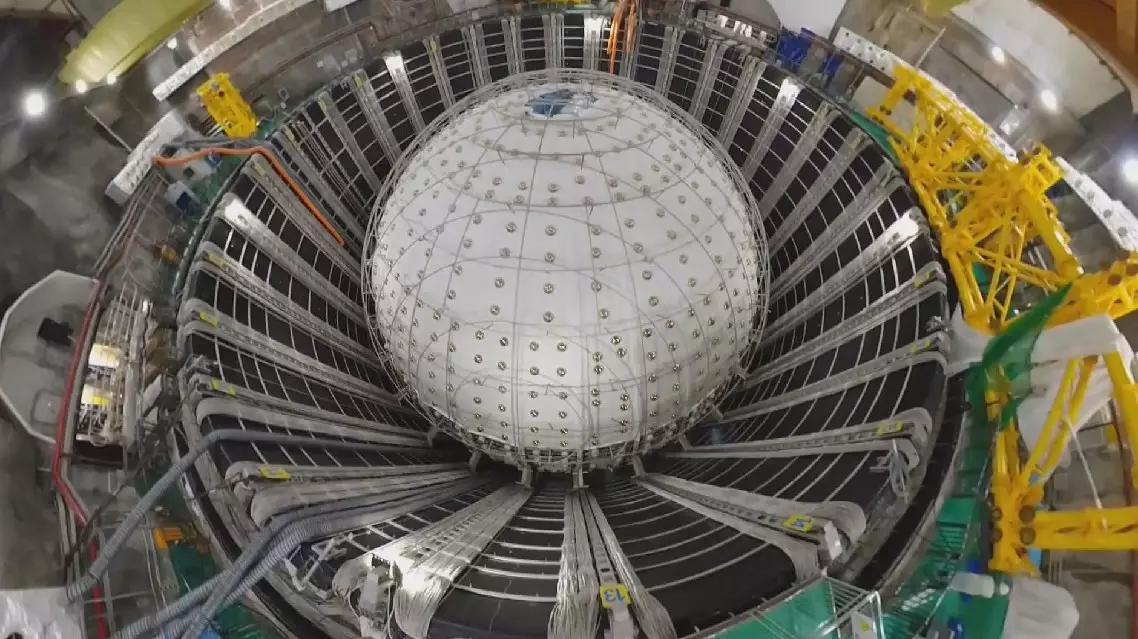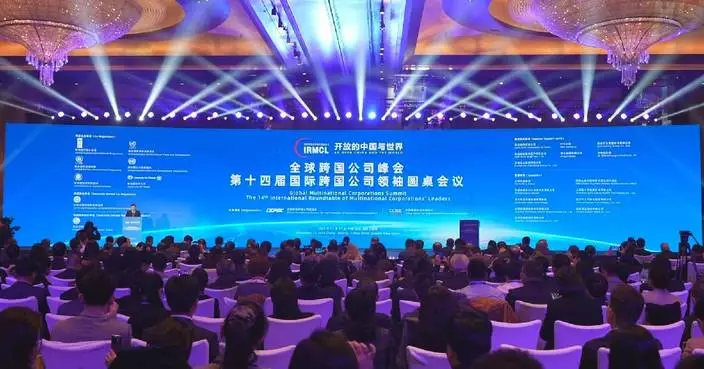Typhoon Man-yi, downgraded to a tropical storm on Tuesday morning, is approaching south China's Hainan Province, bringing strong winds and adverse maritime conditions to China's southern and eastern coastal provinces, including Hainan, Guangdong and Fujian.
According to the Hainan Meteorological Center, Typhoon Man-yi is approaching the province from the northeast on Tuesday. Coastal areas of south and east China are expected to be battered by strong winds, which has seen the National Meteorological Center maintaining a blue typhoon alert.
From Tuesday through Wednesday, Hainan is expected to experience a temperature drop and continued strong winds. The Hainan Meteorological Center has led fishing boats in nearby regions to seek shelter.
In south China's Guangdong Province, multiple sea routes between the province and Hainan have been suspended. The Guangdong Maritime Safety Administration has sustained a level IV emergency response for tropical cyclone, deploying nine rescue boats and four helicopters for possible emergencies.

Typhoon Man-yi approaches Hainan, disrupting sea traffic of east, south China
The primary detector for the Jiangmen Underground Neutrino Observatory (JUNO) is set to be completed on Wednesday, marking a major step in the quest to comprehend these "ghost particles" and enhance our understanding of the universe.
Located 700 meters underground in south China's Jiangmen City, the world's largest transparent detector is a 12-story-tall acrylic sphere with a diameter of 35.4 meters.
The gigantic sphere, weighing approximately 600 tons, composed of 265 pieces of 12-centimeter-thick acrylic panels, has been meticulously assembled from top to bottom by the construction team. Tests have demonstrated that the acrylic used in the construction of the detector exhibits exceptional tensile strength and impact resistance, ensuring its durability and effectiveness in the challenging underground environment.
The construction of the challenging project was launched by the Chinese Academy of Sciences (CAS) and the Guangdong government in 2015. Installation of the entire device is expected to be completed on Wednesday, and the full operation of the facility is scheduled for August 2025.
Neutrinos are critical components of the material universe, playing essential roles since the beginning of time. They are integral to the processes that power the sun and influence the formation of galaxies, planets, and life itself. Despite their discovery in 1956, many mysteries surrounding neutrinos remain unsolved due to their elusive nature.
Historically, atoms were once considered the smallest building blocks of matter. However, ongoing research has revealed that the universe is made up of six types of quarks and six types of leptons, among which neutrinos exist in three forms: electron neutrinos, muon neutrinos, and tau neutrinos. They are capable of transforming into one another, a phenomenon known as neutrino oscillation.
"Neutrinos are incredibly abundant in the universe, having originated at its inception. The term 'ghost particle' highlights their extreme difficulty of detection, as they interact with matter so rarely that blocking them is nearly impossible. Their ability to penetrate matter is extraordinarily high, making them exceedingly challenging to study," said Heng Yuekun, a researcher at the Institute of High Energy Physics (IHEP) of the CAS.
The new neutrino detector's underground location allows it to effectively shield itself from cosmic rays and other external interferences, ensuring that neutrinos can be captured and studied without obstruction.
"We aim to determine the absolute mass of neutrinos while exploring their oscillations to understand the relative mass differences between them. Through this mass research, we can construct a theoretical framework for our understanding of the material world, which can also be linked to the evolution of the universe. This will help us comprehend both the universe and the material world," said Wang Yifang, chief scientist of the project.
Once completed, JUNO is expected to capture approximately 40 reactor neutrinos, several atmospheric neutrinos, one geoneutrino and thousands of solar neutrinos every day.
JUNO is the second China-based neutrino project, following the Daya Bay Reactor Neutrino Experiment in Guangdong. Chinese and foreign physicists announced in 2012 that they had measured a third type of neutrino oscillation in the Daya Bay experiment. The scale of JUNO is much larger than the Daya Bay experiment with more sensitive detection.
Over 700 scientists from 74 institutions in 17 countries and regions including France, Italy, Russia, Germany and Belgium have joined the JUNO international collaboration.
Experts emphasize that neutrino research falls within the realm of fundamental science and represents one of the most advanced scientific fields globally. While the implications of this research may not yield immediate changes in daily life over the next decade or two, its long-term potential is significant.
Similar to how James Clerk Maxwell's theories in the 1860s predicted the existence of electromagnetic waves, laying the groundwork for the electrical age, current neutrino research could eventually reshape our understanding of the cosmos.

China's neutrino project nears completion, unlocking secrets of universe's "ghost particles"










